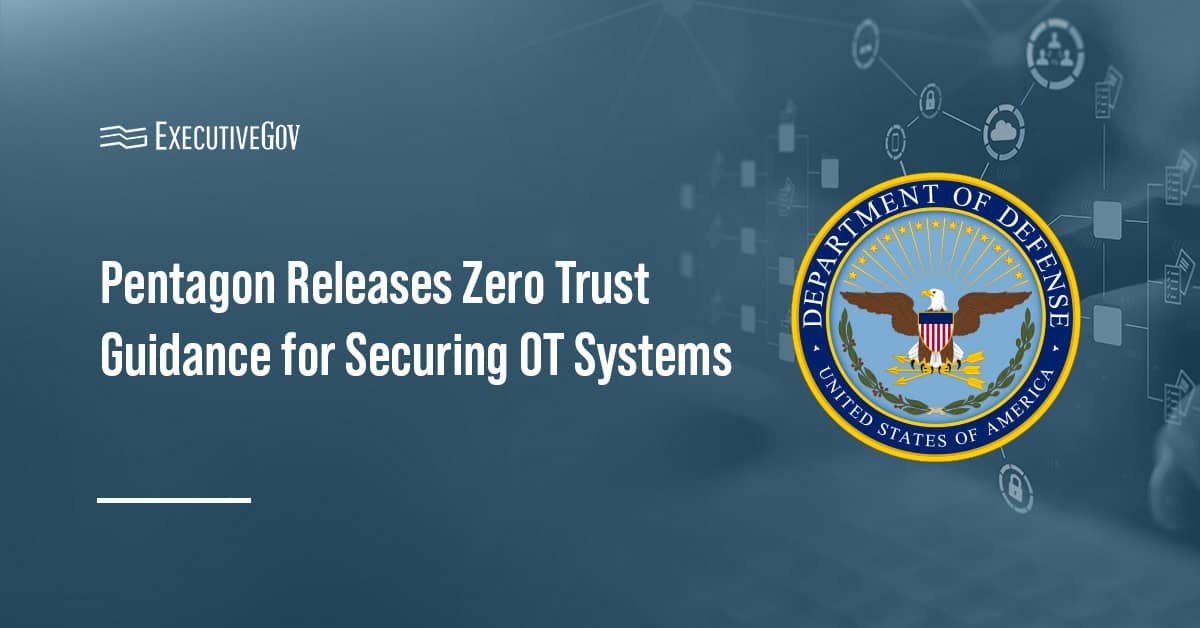 The U.S. Marine Corps plans to buy Polaris Defense-built all-terrain vehicles as part of the service branch’s Utility Task Vehicle program, DoD Buzz reported Tuesday.
The U.S. Marine Corps plans to buy Polaris Defense-built all-terrain vehicles as part of the service branch’s Utility Task Vehicle program, DoD Buzz reported Tuesday.Matthew Cox writes Joaquin Salas, Polaris business development head, told Military.com at Modern Day Marine 2016 that the Marine Corps looks to purchase 144 Polaris MRZR-Ds — a new version of Polaris’ MRZR four-seater ATVs that can carry diesel and JP8 fuel.
The Marine Corps aims to field 18 MRZR-Ds per infantry regiment according to program information displayed at the event but the service branch has yet to award a contract, Cox reported.
Salas said the vehicles are scheduled for production in October and the MRZR-Ds will be built to carry 1,500 pounds of payload and feature a small cargo bed, the report stated.





